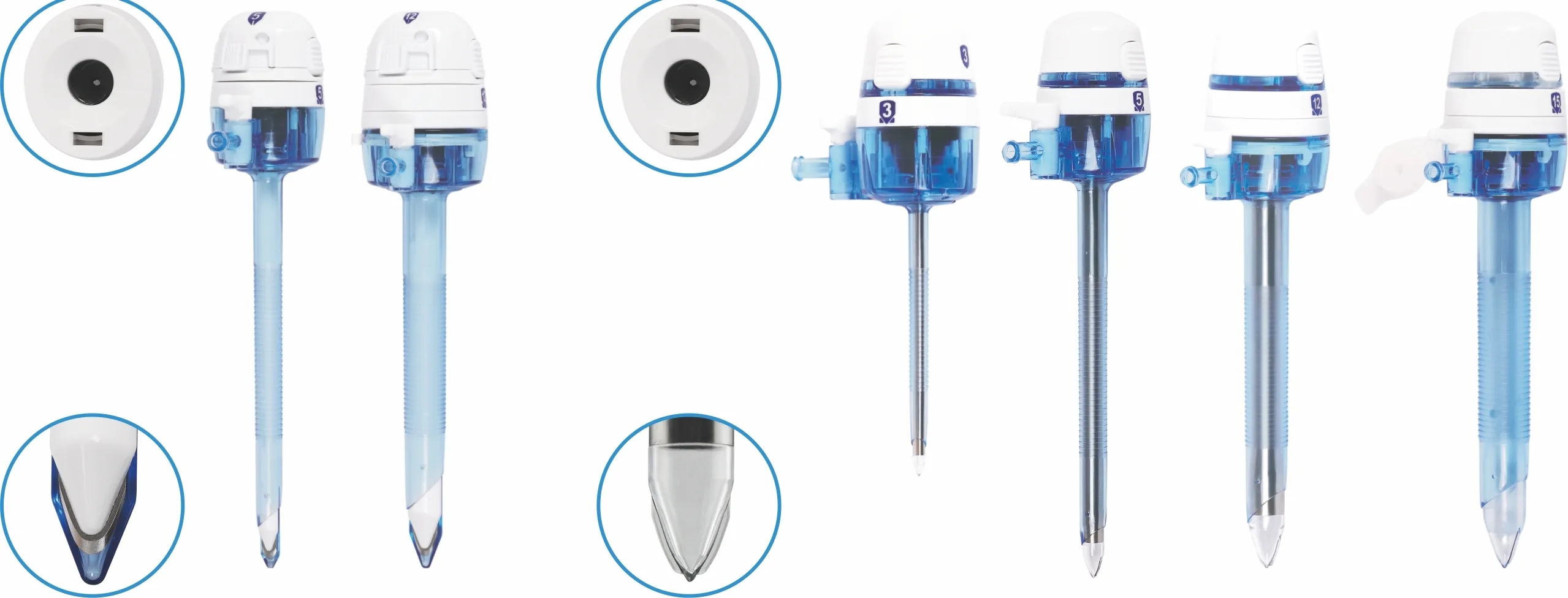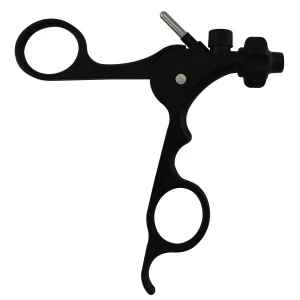- Home
- All Products
- Laparoscopic Instruments
- Disposable Laparoscopic Trocar
Disposable Laparoscopic Trocar
Category: Laparoscopic Instruments
Tag: Disposable Laparoscopic Trocar
Disposable Laparoscopic Trocar
Bladed
5mm, 10mm, 12mm diameters
110mm Length
Available with 1 or 2 Cannulas
Uses
- Instrument Access: Provides a port through which laparoscopic instruments, such as scissors, graspers, or cameras, can be introduced into the abdomen.
- Insufflation: Allows for the introduction of gas (usually CO₂) to inflate the abdominal cavity, creating space for the surgeon to operate.
- Multiple Sizes: Available in various diameters (5mm, 10mm, 12mm) to accommodate different instruments and procedures.
Advantages of Disposable Trocars
- Sterility: Each trocar is sterile out of the package, reducing the risk of infection.
- Convenience: No need for reprocessing or sterilization between uses, saving time and resources.
- Safety: New, sharp obturators reduce the risk of tissue trauma during insertion compared to potentially dulled reusable devices.
- Cost-Effective: Despite being single-use, the overall costs can be lower when considering the expenses associated with sterilizing reusable trocars and the potential costs related to infections.
Typical Procedures
- Cholecystectomy: Removal of the gallbladder.
- Appendectomy: Removal of the appendix.
- Hernia Repair: Repairing abdominal hernias.
- Gynecologic Surgeries: Such as hysterectomy or oophorectomy.
- Bariatric Surgery: Weight-loss surgeries like gastric bypass or sleeve gastrectomy.
Usage Protocol
- Insertion: The trocar, with the obturator in place, is inserted through a small incision in the abdomen.
- Establishing Pneumoperitoneum: CO₂ is insufflated to inflate the abdominal cavity.
- Instrument Insertion: The obturator is removed, and laparoscopic instruments are introduced through the cannula.
- Procedure: The surgeon performs the necessary surgical tasks.
- Removal: The trocar and instruments are removed at the end of the procedure, and the incisions are closed.
Disposal
After the procedure, the disposable trocar is safely discarded according to medical waste disposal protocols to prevent any risk of contamination or infection.
Using disposable laparoscopic trocars has become standard practice in many surgical settings due to their convenience, safety, and efficiency in minimizing infection risks.







